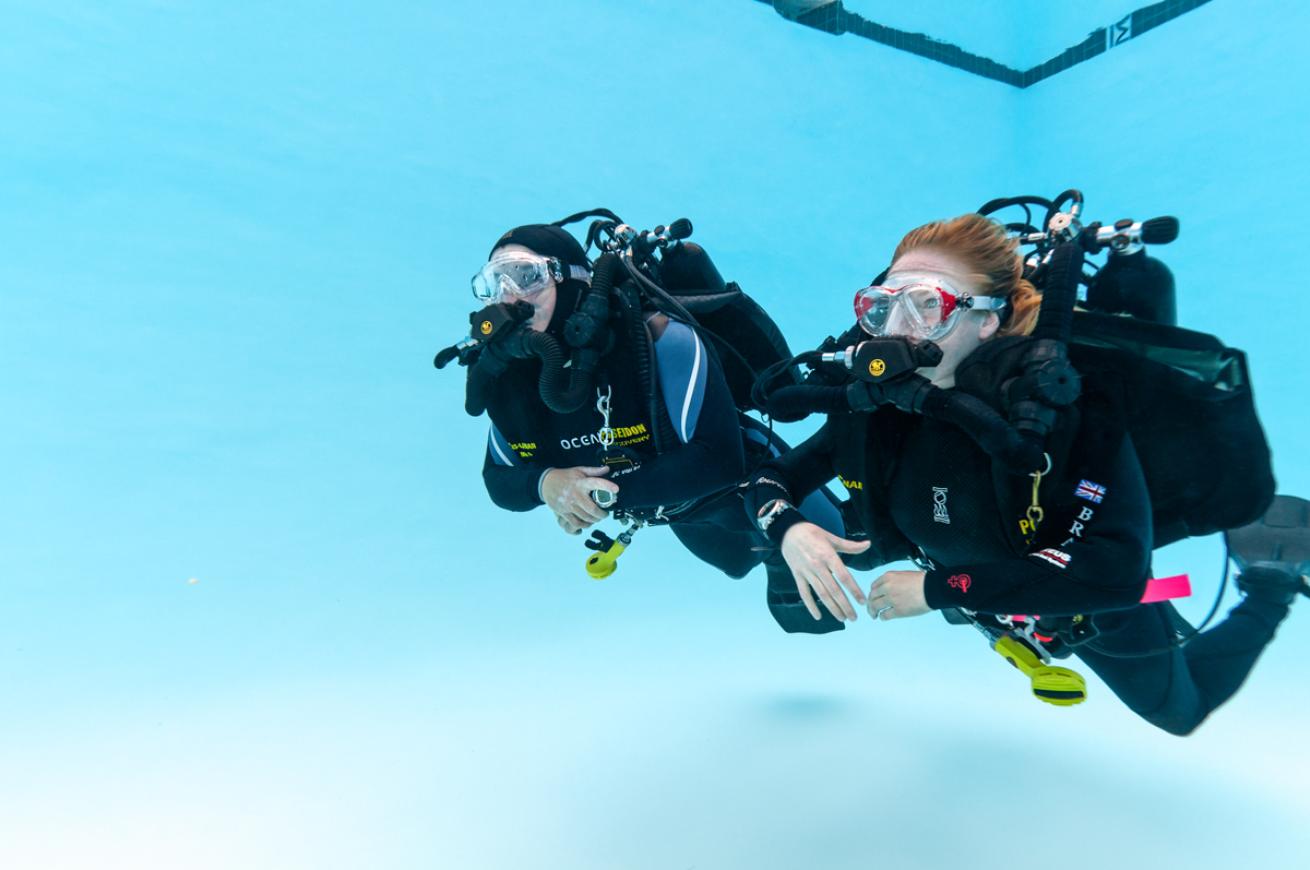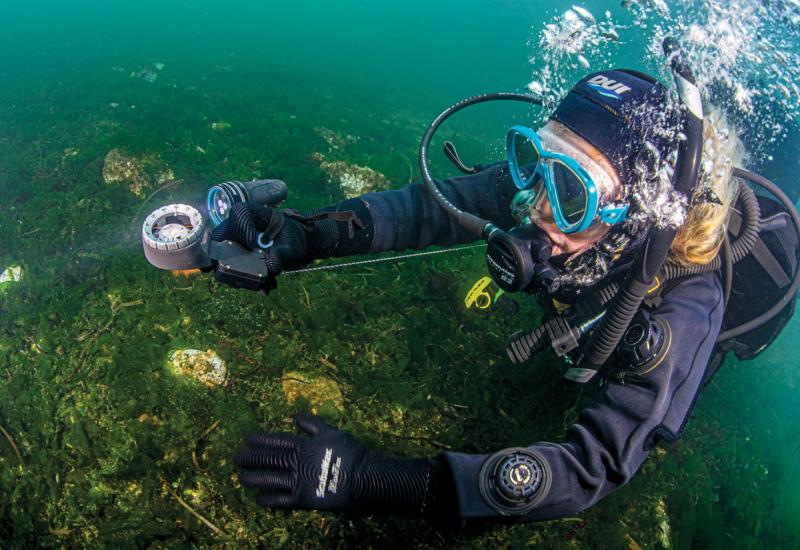What is a PADI Discover Rebreather Certification?

PADIStudents experience the freedom of diving with rebreathers in the pool.
Most divers today use an open system, in which they take a breath from a pressurized tank and exhale directly into the water. Rebreathers are another option. They work by capturing the exhaled gas, removing the carbon dioxide and putting the remaining oxygen back into the system so the diver can “rebreathe” it. Rebreathers are significantly more complex and expensive than standard scuba gear, and they require additional training and maintenance to use. The PADI Discover Rebreather program offers firsthand experience with a rebreather in a controlled environment as a way to try one and as a step toward a full Rebreather Diver certification program.
Benefits
Rebreathers provide significantly longer bottom times and quiet operation. Technical, cave and wreck divers may opt to use rebreathers on long decompression or penetration dives so they can stay underwater for hours without requiring multiple backup cylinders. Underwater photographers and research divers also may prefer to use rebreathers—even when diving within recreational limits— because their quiet operation is less disruptive to marine life.
What You’ll Learn
PADI Discover Rebreather is an introductory experience that takes place in a swimming pool or a body of water with shallow, pool-like conditions. On land, you’ll learn rebreather basics, safety instructions and guidance on how to operate the recreational-style (type R) unit you’ll use for the class. This includes how to read and understand the gauges and displays. After your instructor confirms the rebreather is adjusted properly, you’ll practice under instructor supervision with the equipment and explore underwater during the confined-water dives. Participants must be at least 18 years old, have an open-water certification and have at least 15 logged dives to enroll in the course.










